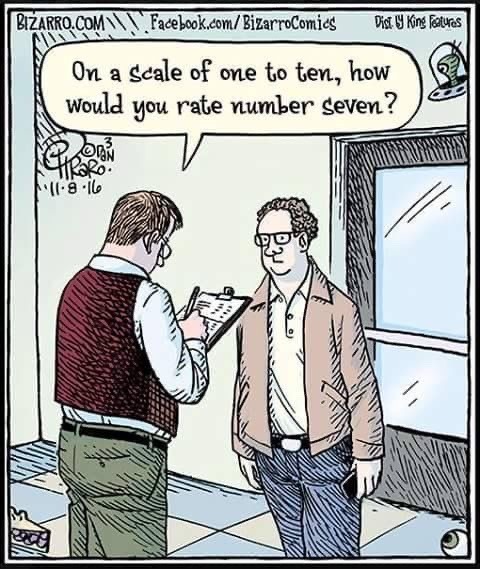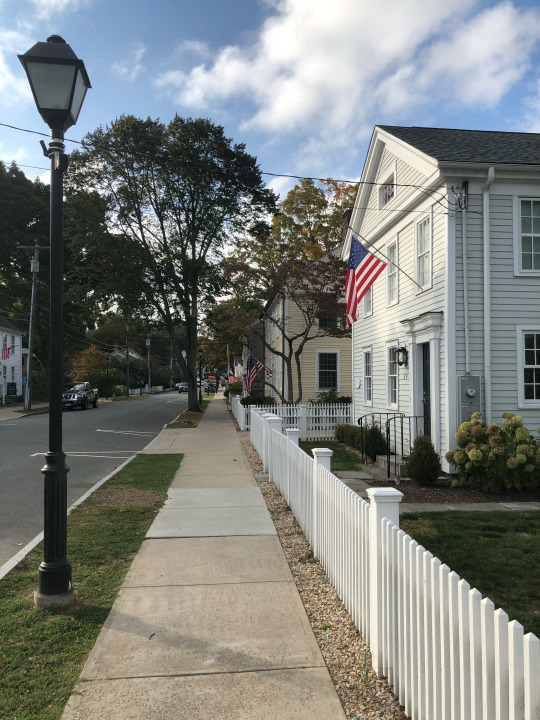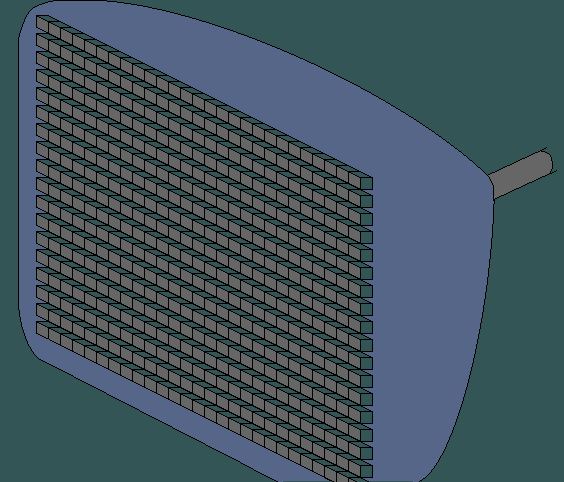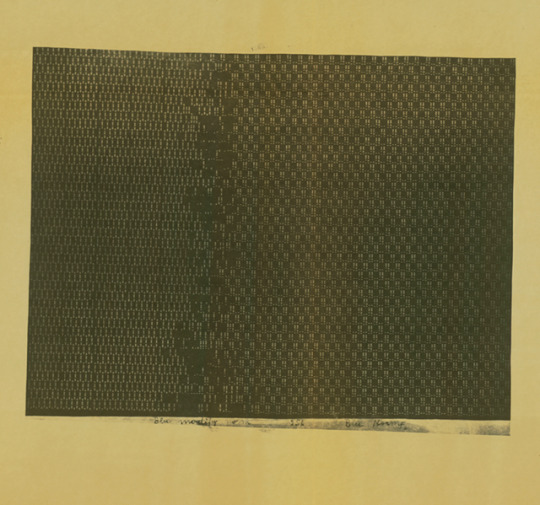Don't wanna be here? Send us removal request.
Text
🖼️
The Random‑Access Image: Memory and the History of the Computer Screen
Author: Jacob Gaboury
Published: Grey Room, No. 70 (Winter 2018), pp. 24–53. DOI: 10.1162/GREY_a_00233
🔍 What It Covers
Gaboury rethinks the computer screen—not just as a display interface, but as a hardware medium shaped by memory architecture. He traces a critical shift from vector‑based visuals to the pixel‑grid model enabled by frame buffer memory, which allowed interactive raster graphics and fundamentally transformed digital vision culture .
Key themes include:
The transition from analog oscilloscopes and calligraphic displays to rasterized screens.
How frame buffers provided a grid of random-access memory for real-time image manipulation.
The material and conceptual evolution of the screen as a technical medium in computing’s visual history .
🔗 Read the Full Article
Open access via University of California’s eScholarship repository:
The Random‑Access Image: Memory and the History of the Computer Screen – PDF
0 notes
Text

It's my 14 year anniversary on Tumblr 🥳
0 notes
Text
0 notes
Text
0 notes
Text
0 notes
Text
0 notes
Text
0 notes
Text
0 notes
Video
youtube
Shadows are not always black!
Shadows are absolutely fascinating to play around with.
In this Exploratorium demonstration you can see that a black shadow is only a subset of shadows that can be formed on the screen.
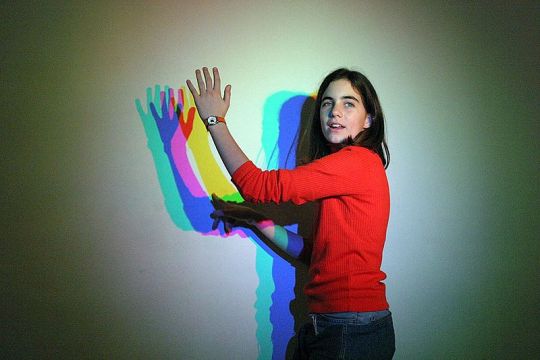
If you have multiple sources of light with different colors, then you can additively combine colors to get shadows of various shades.


In this case where you have multiple sources of light, only when the object blocks off light from all three colored light sources do you get a black shadow.
Since we do not deal with multiple colored sources of light on a daily basis, go ahead, give this simple experiment a try. It’s totally worth it!
Have a good one!
** Other FYP explorations on Shadows :
Can a single point of light always illuminate an entire room ?
On disappearing shadows of Birds and airplanes
2K notes
·
View notes


